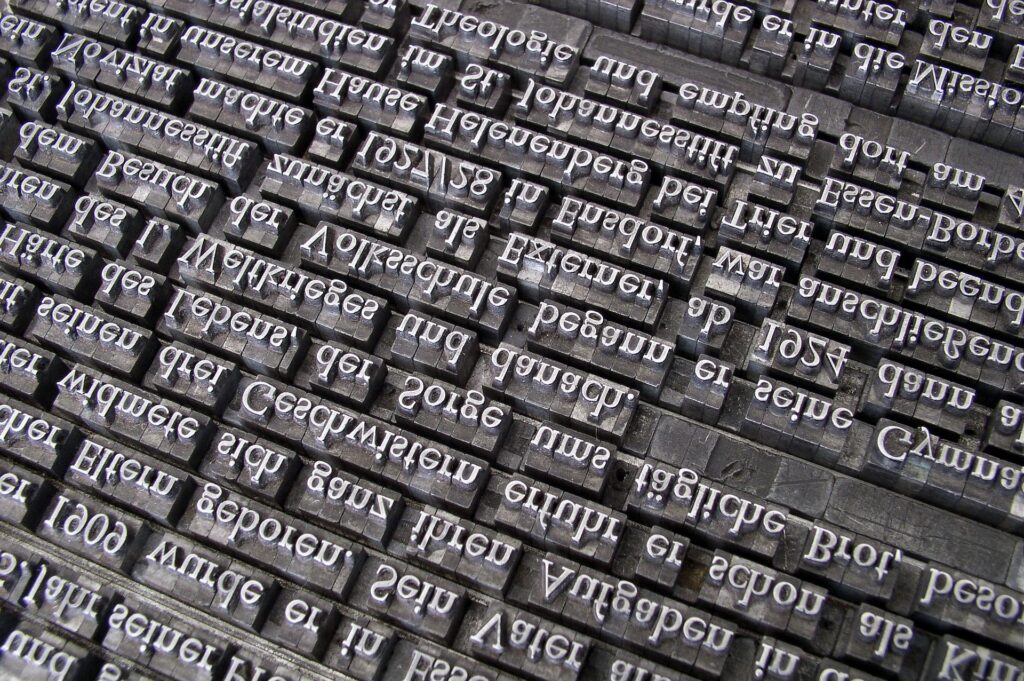
The SAT may have evolved quite a bit in the last few years but the need for a strong vocabulary is only growing more important with the coming Digital SAT.
But what do you do once you’ve learned these words? What about the millions of other words you might’ve missed? How the College Board possibly expect you to learn all 170,000 words in the English language? Don’t worry, this is why we’ve put together a guide with easy ways to build and practice your SAT vocabulary, complete with examples and strategies to study and memorize them.
Engage with words!
When encountering new words, consult a dictionary to confirm their definitions and deepen your understanding of their uses. Then, jot them down in a small notebook, not only for future consultation, but also to help strengthen your neural encoding and memory retrieval, which will come in handy when it’s finally time to take the test. If you’re taking SAT practice tests, go over the test and write down anything unfamiliar, learn what it means and study!
Find a story or use mnemonics!
Then, try coming up with your own memory devices or stories to remember words (as well as their antonyms). This ensures a high degree of personalization as you’ll be more likely to remember your words rather than someone else’s. For instance, if you stumble across the word “cacophony” (a harsh mixture of sounds), paraphrase the definition and pair it with an example like so:
“Cacophony or the opposite of harmony, is best described as a disastrous mixture of sounds. Imagine if you were simultaneously scratching your nails on a chalkboard while also breaking up concrete with a jackhammer–this would be cacophonous.”
Also try and find a memory trick for your words— take the word apart— what does it sound like or remind you of? What images can you connect to the word to help you make it more visual and less verbal? Trite may remind you of tricycle, and you can imagine that a trite phrase is one that doesn’t sound very advanced or original or is overused and imagine rows and rows of tricycles— as if there are so many they are boring.
Flashcards!
Flashcards can be a more fun and engaging way to practice both new vocab you’ve picked up when using the first strategy. Our suggestion is to gamify the experience by having your friends quiz you, or, if you don’t have any, you could also create digital flashcards using an app like Quizlet. The reason studying with flashcards has always been so effective is because they strengthen your “active recall retrieval,” which has been shown to lead to 150% better retention. I prefer the tactile experience of paper flashcards (I swear people learn better on paper), but there are many apps out there and studying is more important than how you study.
Practice!
Now it may be cliche, but practice really does make perfect. Treat your new vocabulary knowledge like a muscle that needs regular exercise.
In conclusion, a robust vocabulary is essential for achieving a high score on the SAT. By following these tips and studying words, you’ll be well-equipped to tackle the SAT. If you’re still struggling, however, we always have courses and classes running throughout the year, which you can check out here. Good luck!
Photos from OpenClipart-Vectors under the Creative Commons. Edited under Creative Commons guidelines.




